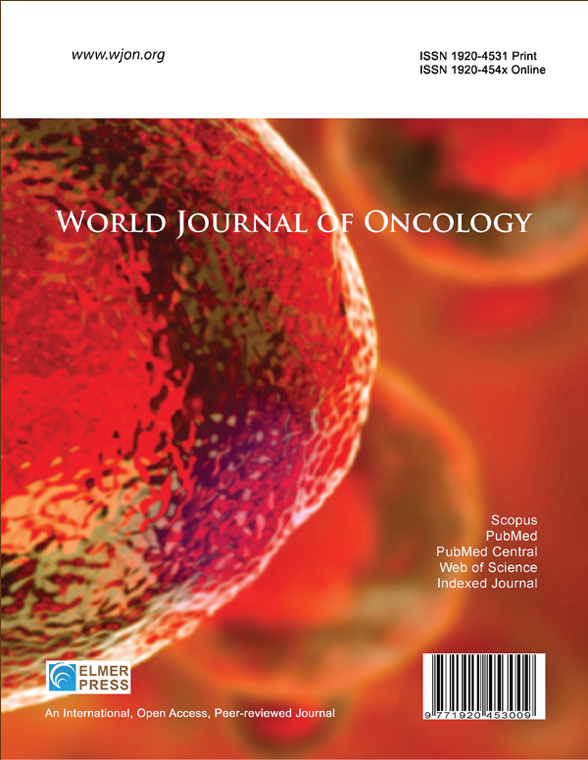Evaluating Asparaginase Toxicity in Hispanic Patients With Acute Lymphoblastic Leukemia in a Large Safety-Net Hospital
DOI:
https://doi.org/10.14740/wjon2553Keywords:
Asparaginase, Toxicity, Acute lymphoblastic leukemia, Hispanic, Safety-netAbstract
Background: Acute lymphoblastic leukemia (ALL) is relatively rare in adults with poor rates of long-term remission. Chemotherapy protocols for adults have been adapted from pediatric protocols, including asparaginase. While asparaginase has shown significant efficacy in pediatric patients, its use in adults is limited due to hepatotoxicity, pancreatitis, and thrombosis. This study seeks to review the toxicity profile in Hispanic adults at a large safety-net hospital.
Methods: We performed a chart review of patients over the age of 18 with ALL treated with asparaginase. Data were collected between the years of 2015 and 2021 and included demographics, laboratory parameters on diagnosis, treatment details, and information on complications related to treatment.
Results: A total of 14 Hispanic patients diagnosed with ALL and treated with asparaginase from January 2016 to November 2021 were included in this study. Our patient population had an average body mass index (BMI) of 34 (standard deviation (SD) 8.7), with the majority (64%) classified as obese (BMI ≥ 30). Twelve patients (86%) were Philadelphia chromosome negative. The incidence of grade 3 to 4 hyperbilirubinemia (> 3 times the upper limit of normal (ULN) for serum bilirubin) was six out of 14 patients (43%). The incidence of grade 3 to 4 transaminitis (> 5 times the ULN for alanine aminotransferase (ALT) or aspartate aminotransferase (AST) levels) was 13 out of 14 patients (93%). Thrombosis occurred in six out of 14 patients (43%), with one patient experiencing disseminated intravascular coagulation (DIC).
Conclusions: Our cohort of Hispanic adults experienced transaminitis and hyperbilirubinemia at a high rate (93%). The higher incidence noted in our patients with class III obesity is in line with recent expert recommendations for dose reduction of asparaginase in patients with severe obesity. Our study suggests that our Hispanic population is at higher risk for developing hepatotoxicity after asparaginase use, though this could also be related to the high prevalence of obesity in our population. This is important for future care in selecting candidates for asparaginase therapy including those who may be at higher risk for adverse events.

Published
Issue
Section
License
Copyright (c) 2025 The authors

This work is licensed under a Creative Commons Attribution-NonCommercial 4.0 International License.









